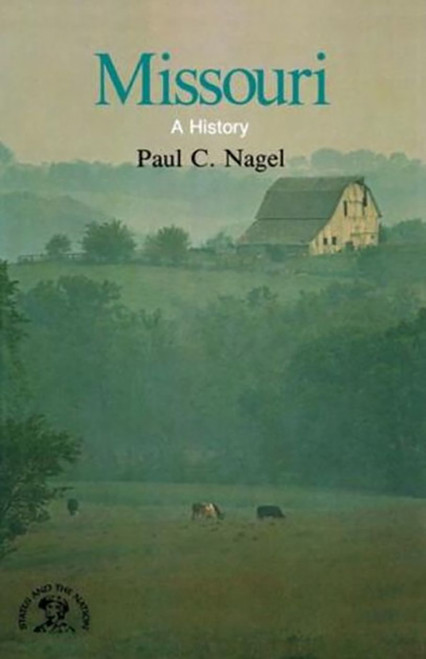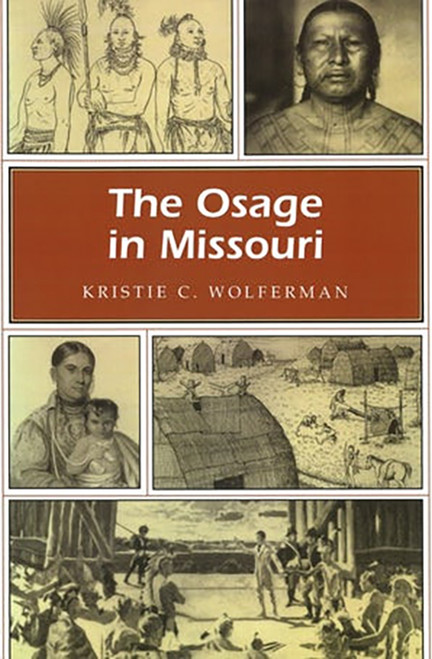Nuked: Echoes of the Hiroshima Bomb in St. Louis by Linda C. Morice
A look at the long-term health and socioeconomic tolls of the Manhattan Project in America’s Heartland
Nuked recounts the long-term effects of radiological exposure in St. Louis, Missouri—the city that refined uranium for the first self- sustaining nuclear reaction and the first atomic bomb. As part of the top-secret Manhattan Project during World War II, the refining created an enormous amount of radioactive waste that increased as more nuclear weapons were produced and stockpiled for the Cold War.
Unfortunately, government officials deposited the waste on open land next to the municipal airport. An adjacent creek transported radionuclides downstream to the Missouri River, thereby contaminating St. Louis’s northern suburbs. Amid official assurances of safety, residents were unaware of the risks. The resulting public health crisis continues today with cleanup operations expected to last through the year 2038.
Morice attributes the crisis to several factors. They include a minimal concern for land pollution; cutting corners to win the war; new homebuilding practices that spread radioactive dirt; insufficient reporting mechanisms for cancer; and a fragmented government that failed to respond to regional problems.
About the Author
Product Specifications
Published by University of Georgia Press, 2022. Paperback, 218 pages.







